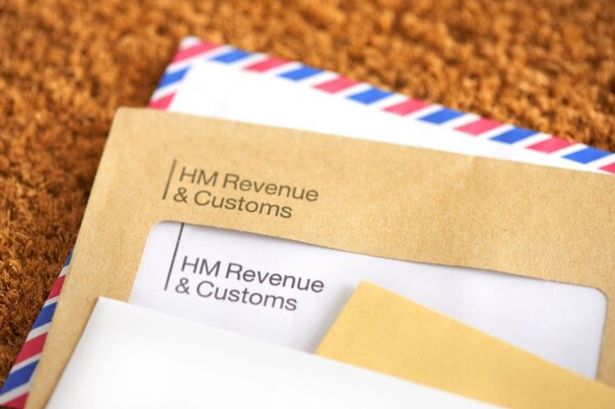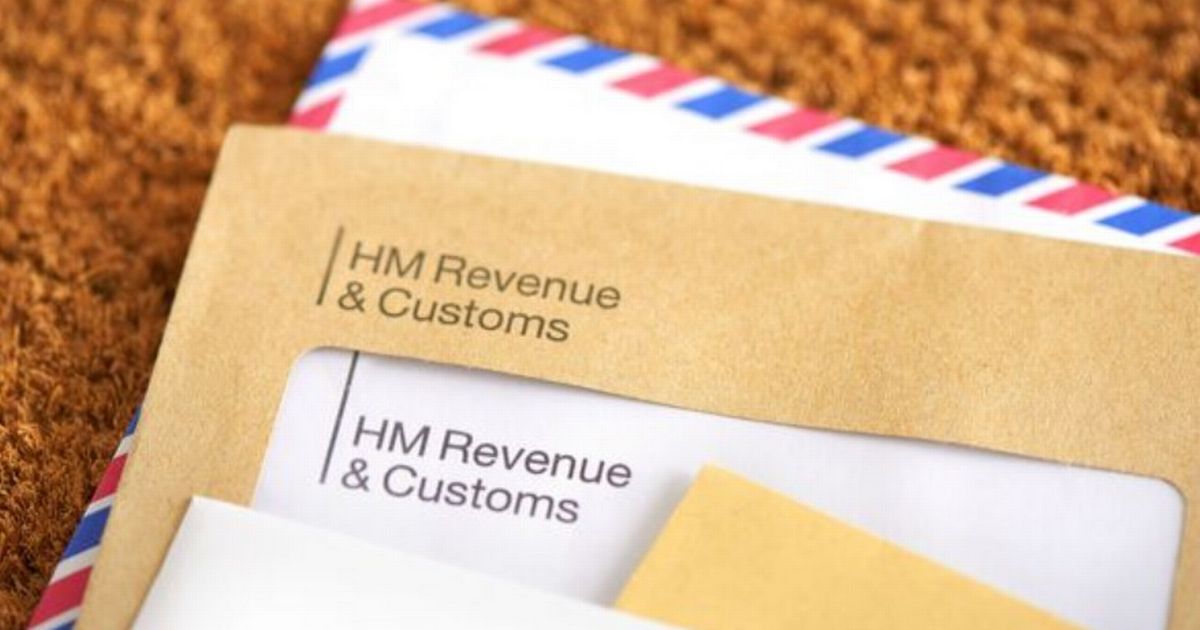A HMRC shake-up for all UK households born after 1960 will hit, with an i nheritance tax raid on retirement. HMRC rule change for all UK households born after 1960
HMRC rule change for all UK households born after 1960
A HMRC rule change will impact anyone who has not yet reached state pension age. A HMRC shake-up for all UK households born after 1960 will hit, with an i nheritance tax raid on retirement.
The HMRC change could see UK households’ savings raided before reaching pension age, which is currently 66 for both men and women, as outlined by the Department for Work and Pensions (DWP).
Retirement savings will become subject to inheritance tax from April 2027, regardless of whether savers access their funds before death. Beneficiaries inheriting pension pots could face a 40 per cent levy on these assets.
READ MORE Iceland brings in £1 rule effective immediately with shoppers warned
That is even when the deceased never reach state pension age. Under current rules, a worker can access their pension pot once they turn 55 but this amount rises to 57 from April 2028.
Incorporating pension funds will increase average estate values by roughly £34,000. James Ward, Head of the Private Client Practice at Kingsley Napley, said: “IHT remains one of the most unpopular taxes that people resent their families or beneficiaries paying”.
And Conservative Party Shadow Chancellor Mel Stride condemned the pension taxation plans as “tantamount to class warfare”.
The Treasury stated it remains “committed to keeping taxes for working people as low as possible”.
Paul Barham, Tax Partner at Forvis Mazars says that many are using the allowances up until any rule changes to Inheritance Tax (IHT) occur.
Paul said: “Pensions can be a valuable tool when passing down wealth because they sit outside your estate for IHT purposes and as of April 2023, the lifetime allowance has been removed, so there is no limit on how much you can save over your lifetime.
“If you have assets inside and out of a pension plan, you’ll want to consider when to draw down from your pension and whether to also consider using non-pension assets to meet the full cost of everyday life.”
